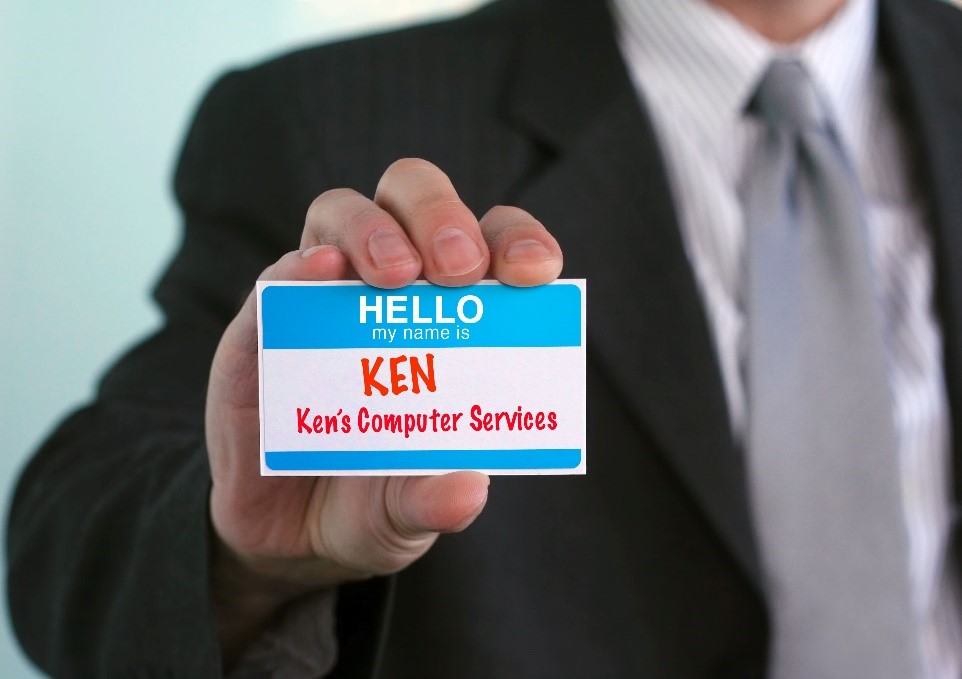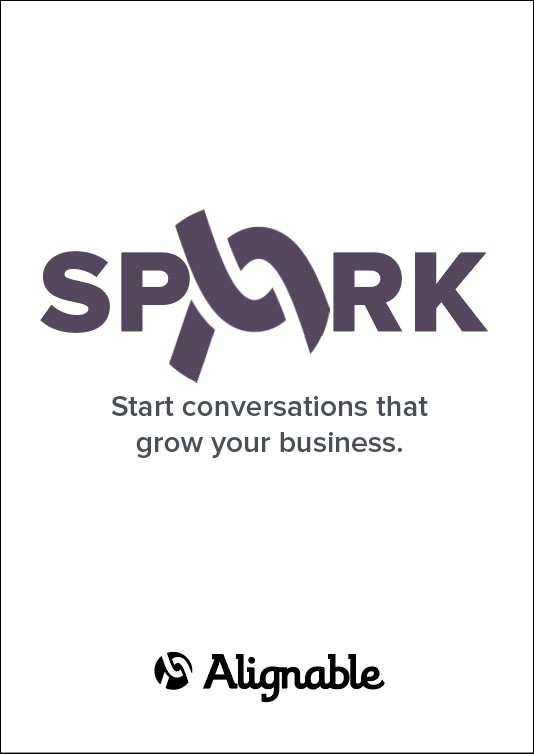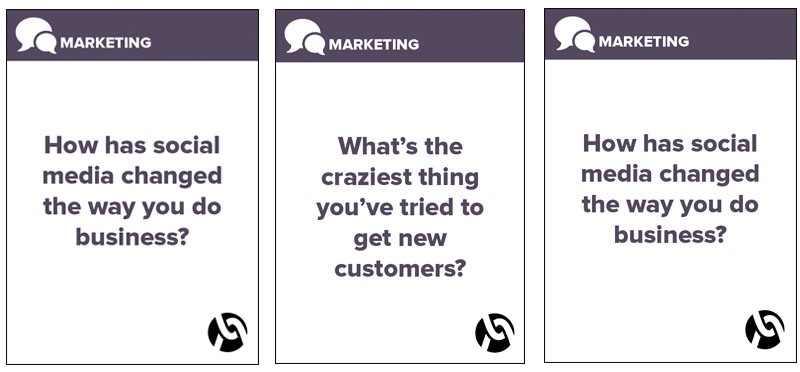Does your company host events or conferences? Do you host meetups or local networking events? If so, this post is for you.
What usually happens at a networking event?
You show up feeling excited and overly confident about your conversational opportunities, like you’re Johnny Carson or Jimmy Fallon. But then you walk in and…
- You get a nametag
- You look around the room, desperate to make eye contact with someone you know, in the following order of importance:
– A trusted connection that you’ve known for years
– A peer you’ve interacted with a few times
– Someone you met once at the last networking event
– Someone you’ve heard of
– Anyone that will talk to you
If all else fails, you walk around the room and awkwardly shake hands with people whose eyes glaze over while you introduce yourself… Within a few minutes your new focus has become the bar, as your approach to networking transitions from Johnny Carson to Dean Martin.
The problem with the traditional networking event format is not necessarily the goal of the event, if the goal is to gather people together who find value in meeting others with similar challenges and objectives. All too often though, networking events plummet into people giving each other meaningless sales pitches and passing out business cards like free samples in the food court. What’s most unfortunate is that people leave networking events without the opportunity to have found deeper conversations with the right people, specifically to talk about the relevant and meaningful business challenges and goals they share. People often leave networking events unsatisfied, and we need to stop wasting people’s time.
It’s time for us as networking and meetup/conference organizers to help our attendees. Help attendees realize the value of meeting with other like-minded people, and how to approach the initial conversation without jumping immediately to selling. Think of it this way: if you were on a first date, wouldn’t you chat for a while to get to know each other before you run off to the alter?
Now, you might be thinking, “yes, there should be more value at networking events, but how does one go about changing the format?” Well, there’s a game for that! It’s called SPARK. If you haven’t heard of it, it’s a card game that can be played by a group of people in order to facilitate valuable conversations that are more fluid, engaging, and useful in order to create meaningful connections with like-minded people. Winning the game is easy – you win by leaving the event having made connections that have the potential to help grow your business!
Introducing SPARK: The Networking Card Game
The best size group for Spark is 30-50 people, but that doesn’t mean it can’t be played with fewer or more participants (we’ve seen groups of all shapes and sizes).
There are two types of categories within the deck: Ice Breaker Cardsand Discussion Cards.
- Ice Breaker Cardsare used to kick off the game and divide the room into like-minded people based on their answers.
- Discussion Cardsare used in smaller groups to spark deep, engaging discussions within the like-minded group.
The Ice Breaker Cards and Discussion Cards are split into three topics within them:
- Business Operations
- Marketing
- Customers
These are the topics to which the content of each card is correlated.
The moderator starts by picking a topic for the group to focus on. He/she is encouraged to get audience participation in choosing this topic. (If the audience is interested in discussing all three areas, the moderator could choose not to specify a topic for the game.)
Once a topic is chosen, the moderator should ask all participants to stand. He/she then should select three Ice Breaker Cards within the topic that’s been selected and read each card aloud to the audience, and depending on the individuals’ answers, ask them to move to the left or right of the room (or if there’s no room to move around, just have them raise their hand for each answer).
For example, pretend these are the three selected cards:
As each card is read aloud by the moderator, participants should move to the left of the room if they identify with one option, and to the right of the room if they identify with the other option. (i.e.; those who have customers who come from online advertising go to the left of the room; those who have customers who come from offline advertising go to the right of the room.)
Once they have given their answer (identified by a split room), the moderator should encourage each group to look around and make note of who is in their group. Then they should return back to the center of the room for the next Ice Breaker Card.
Once this step is complete and the participants have moved around the room a bit, ask them to break-off into small groups of 2-3 people with whom they ended up on the same side of the room repeatedly. These groups are now comprised of like-minded people who have potential to help grow each other’s’ businesses. Once they’re in their small groups, the moderator should choose Discussion Cards of the corresponding topic to help get their conversations started.
There’s no set amount of Discussion Cards that can be provided to each group – it depends on how the conversations are flowing; if the moderator finds that one card doesn’t do much to spark a conversation within a group, the group should choose a different card.
For example, if the topic the participants chose was Marketing in the Ice Breaker Cards, then they should receive Marketing Discussion Cards to correlate.
The goal of the Discussion Cards is to spark genuinely engaging and meaningful discussions within their group, in order for them to establish new connections that have potential to help grow their business.
Try the SPARK game at your next event
Networking events can either be an unexpected delightful experience or a waste of time. By changing the format of your next event, you can provide the value and experience that attendees dream of prior to walking in the front door.
The SPARK game increases the depth of conversations for event attendees, and helps to minimalize the dreaded 30-second sales pitch. The game is intended to help networking event participants walk away with a handful of new contacts who can provide future business, vendor referrals, co-promotion opportunities, help with answering questions and more. SPARK fosters introductions for like-minded people to meet and chat about mutual challenges both are facing as business owners.
Get a copy of the SPARK game for free!
Networking doesn’t have to be a scary, boring, or awkward thing – it can be a fun experience that sparks a meaningful conversation with a like-minded business owner. If you’re interested in getting a free SPARK card game for your next networking event, email me at tessa@alignable.com and I’d be happy to mail you a deck.
Find a Home-Based Business to Start-Up >>> Hundreds of Business Listings.

















































